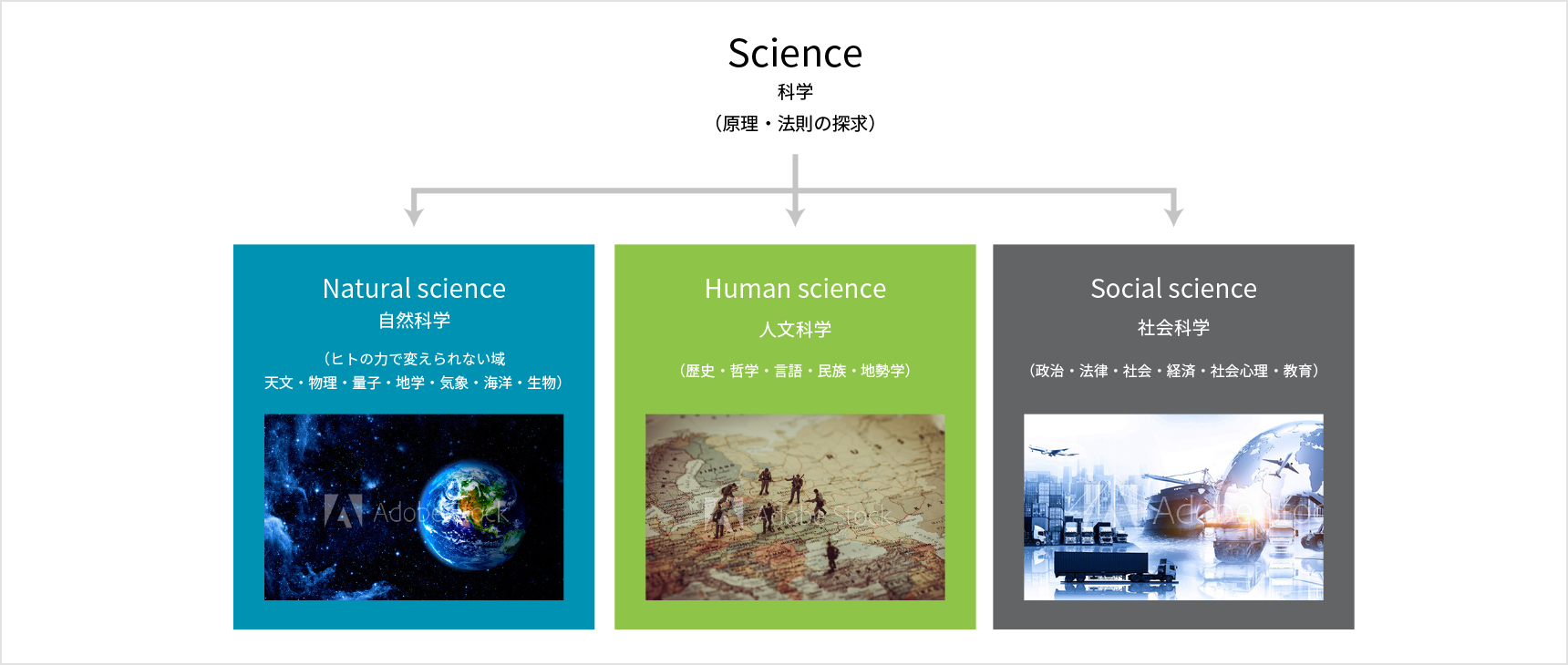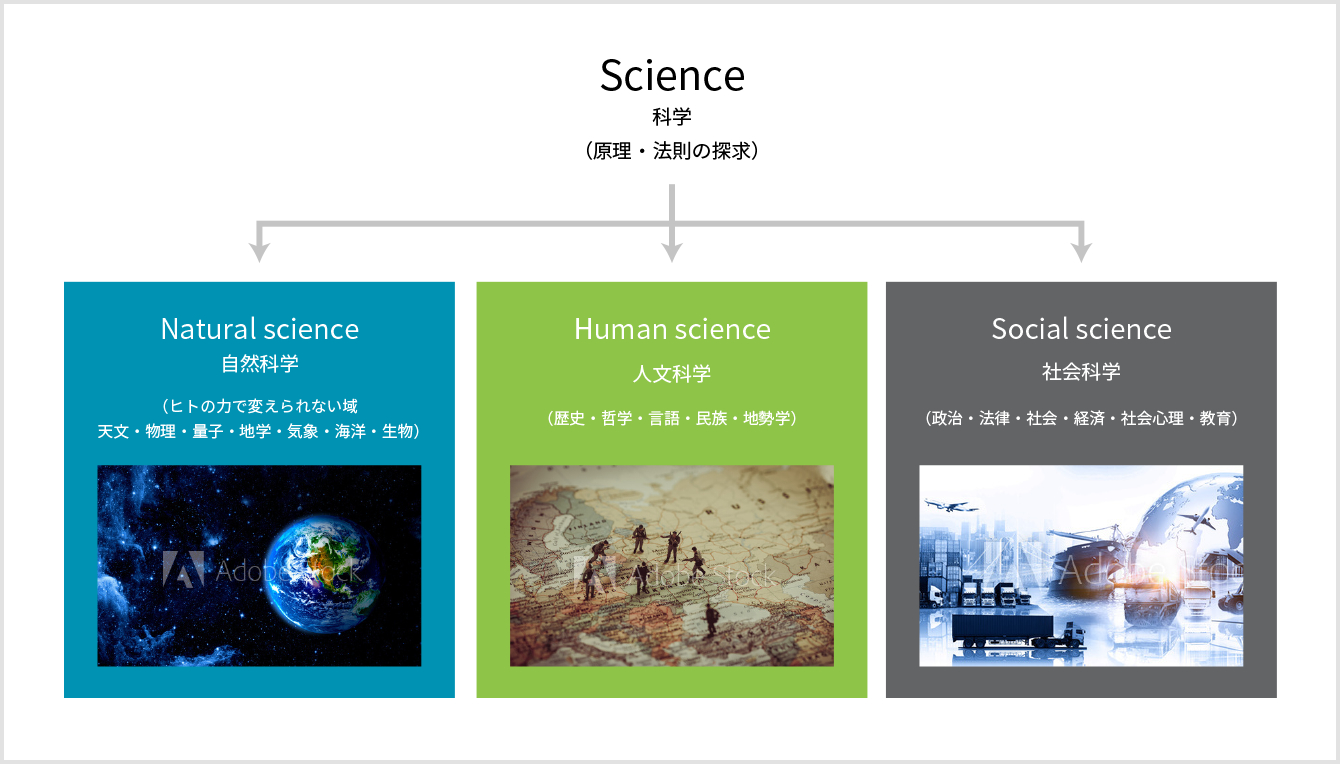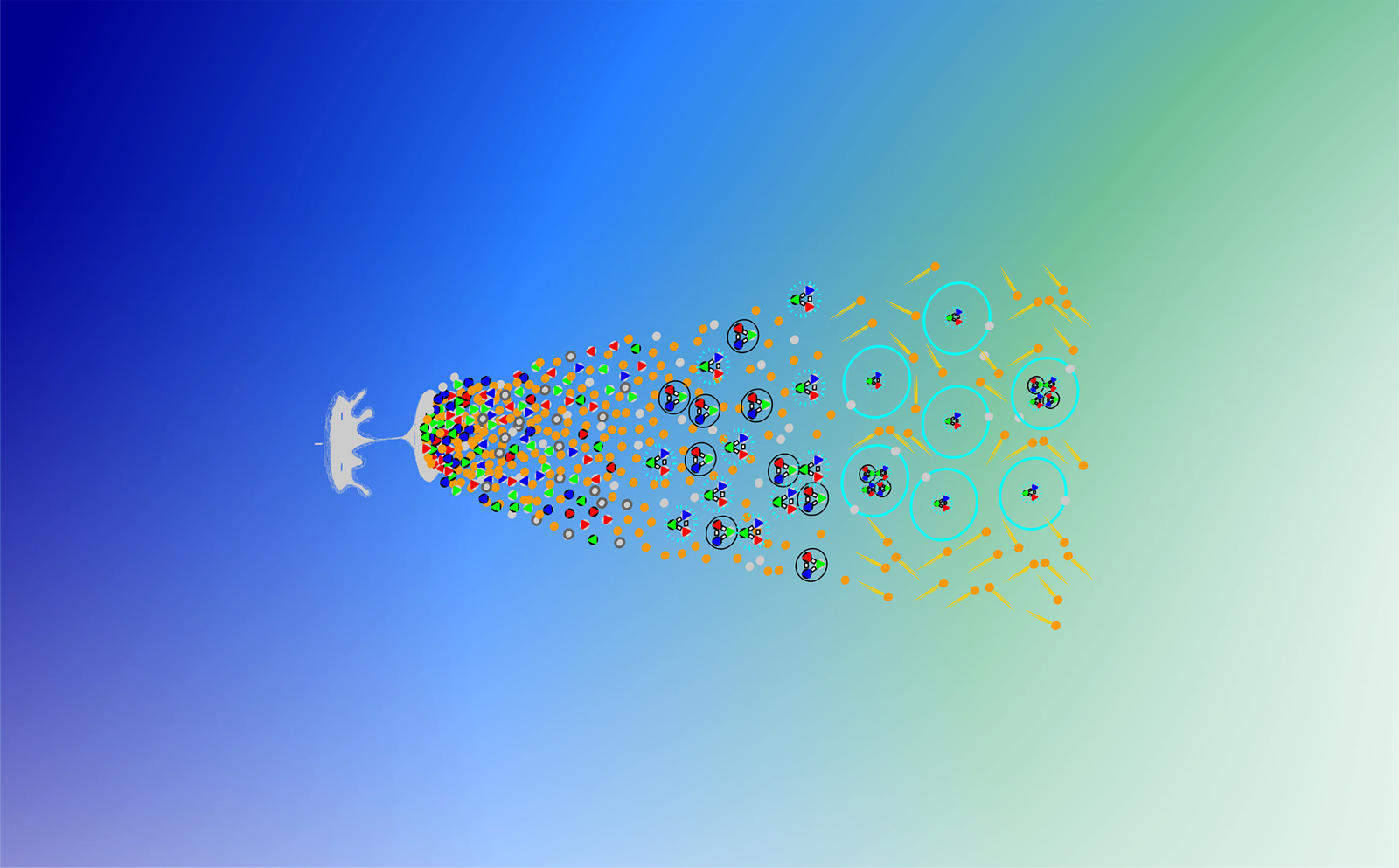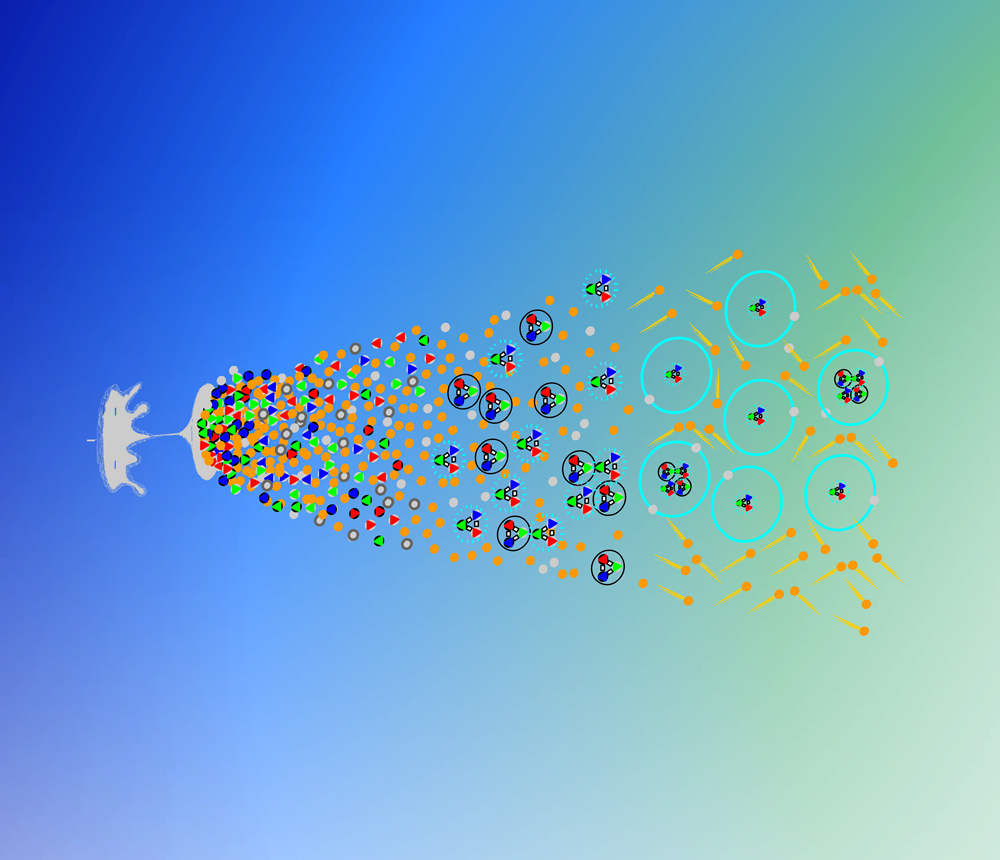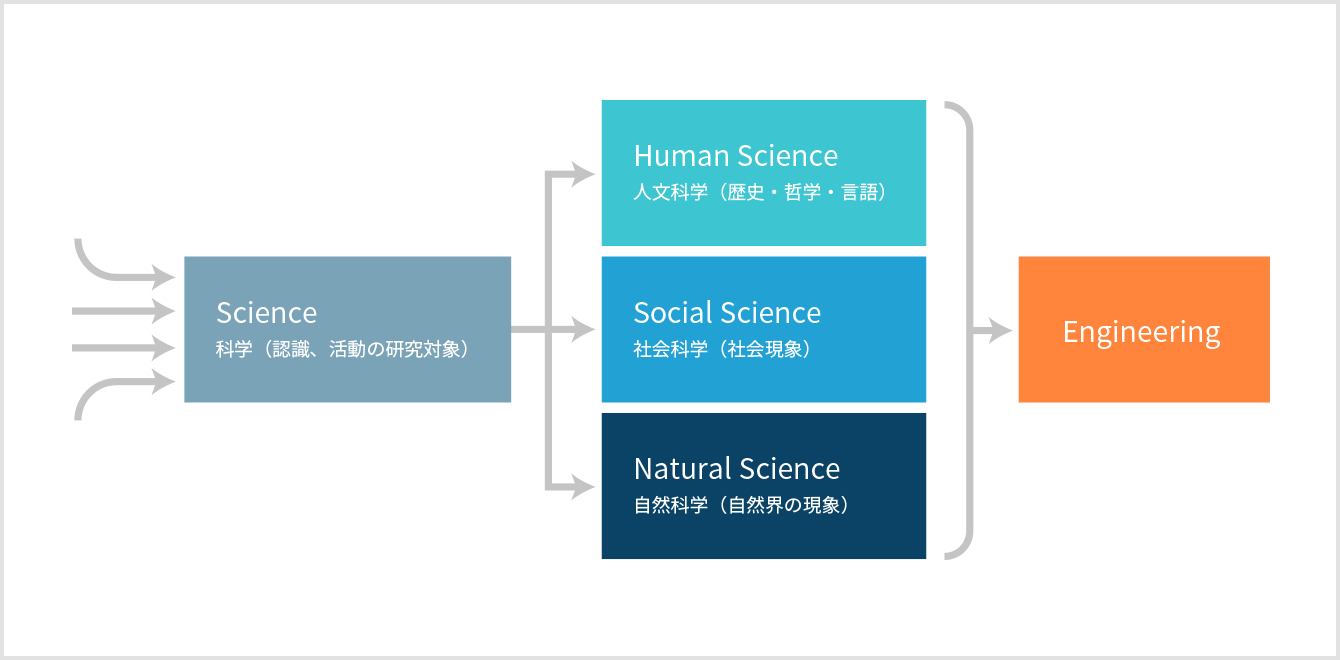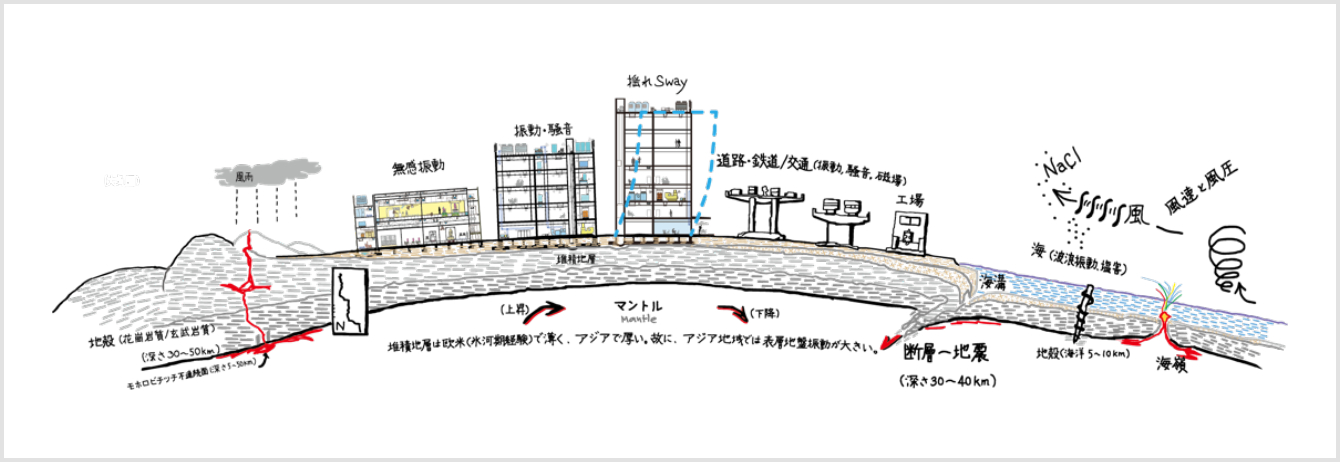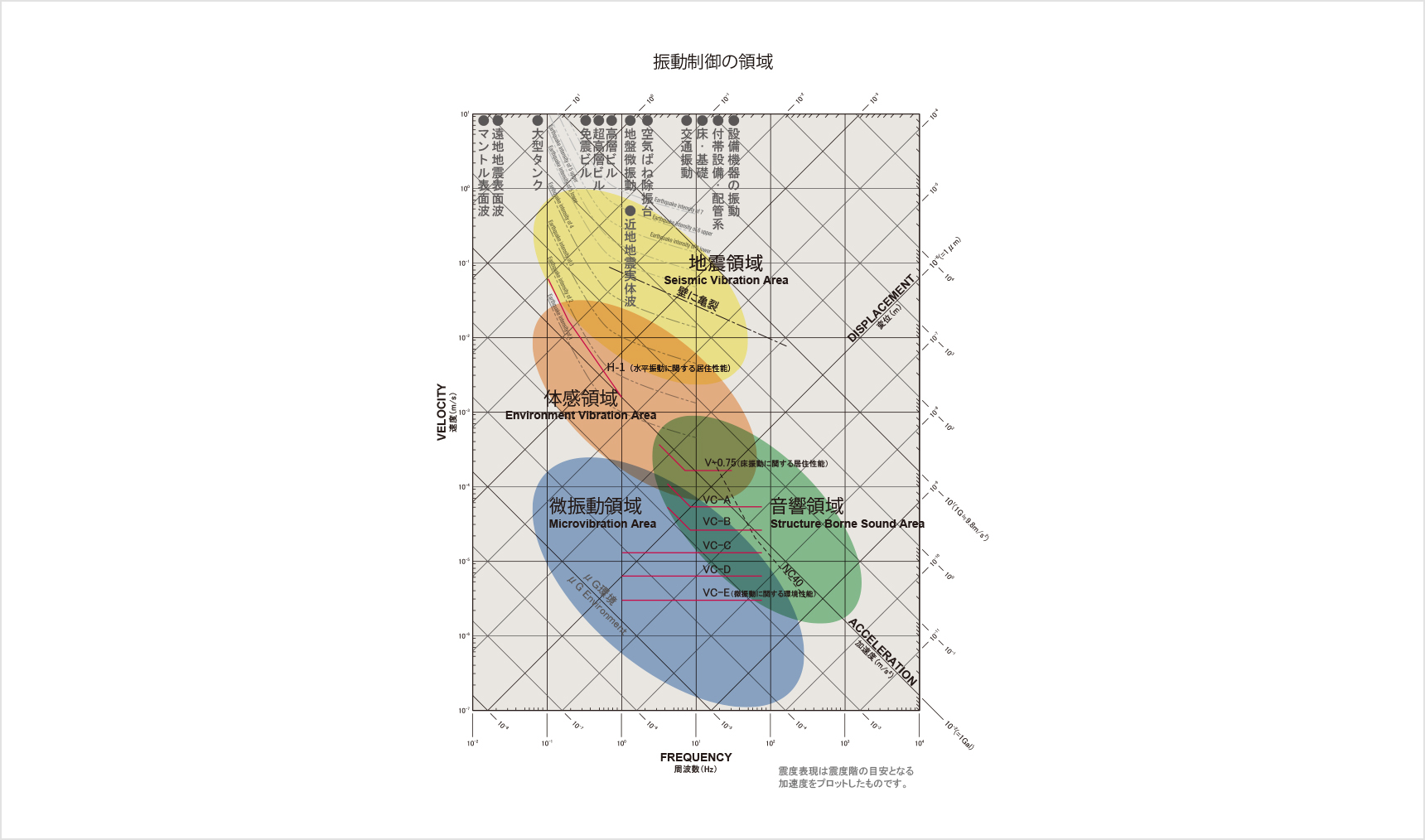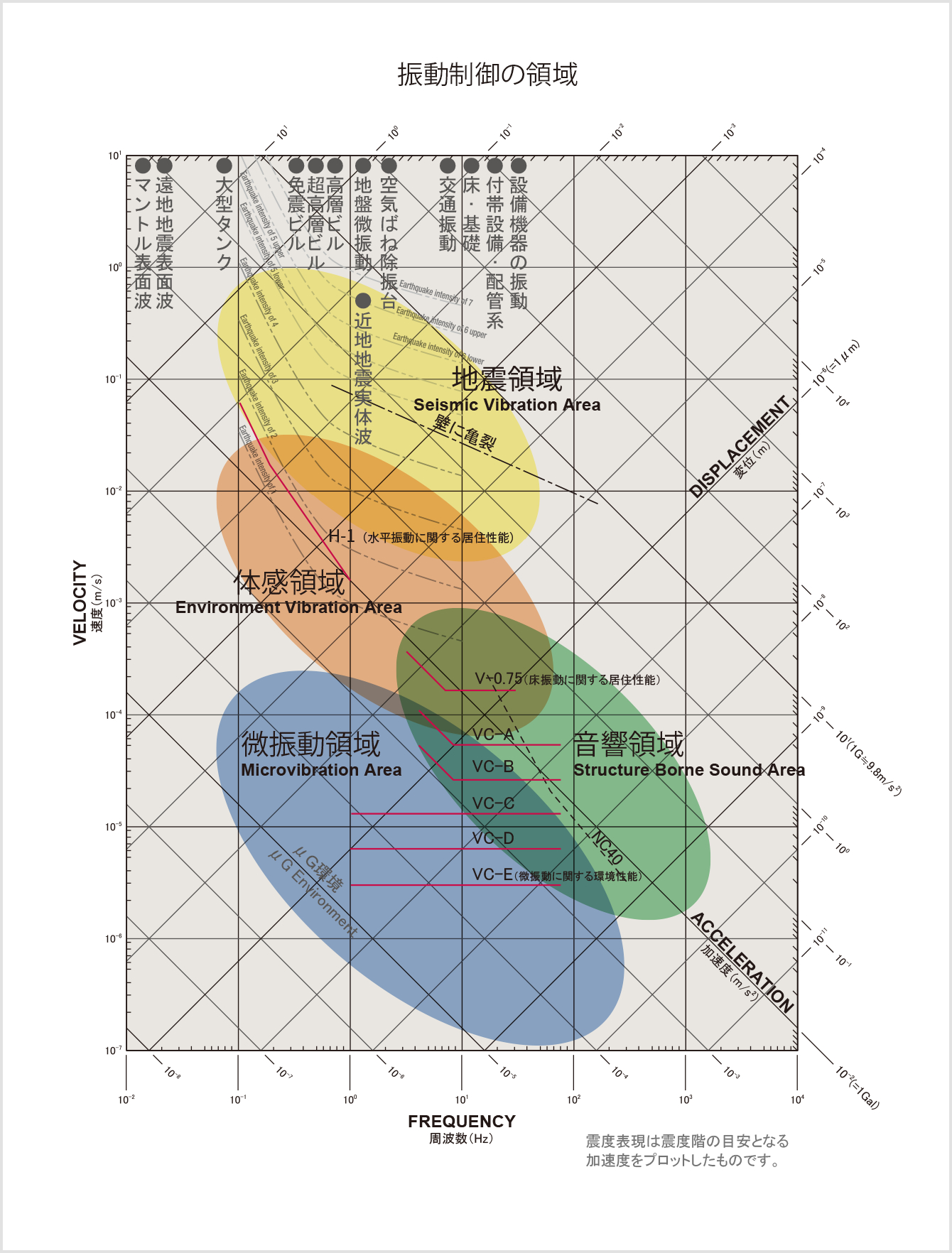Technical Information
Ever-present Vibration
We are living in a "world of all things, a world of constant movement." In the world of quantum mechanics, it is said that atomic vibrations do not stop even at around absolute zero where the energy is at its lowest state (zero-point vibration).
Moreover, vibration is one of the themes that belongs to the natural sciences, but it is also closely related to social sciences and humanities. For example, as politics, economy, and society develop, so do buildings, living environments, and industrial products. At the same time, the vibration environment required becomes increasingly sophisticated.
In this way, we live and live in a daily environment where vibration is always present, but we are not always aware of it. There is a required vibration environment (silence) in each place, and when you exceed the allowable limit, you finally become aware of vibration.
Beginning of Vibrations
So, when did this vibration phenomenon begin? Its origin dates back to the birth of the universe.
The universe began with inflation, and the big bang spewed out enormous energy, which created time and space. It was then, at that time, that photon energy collided with countless electrons in the plasma state of the big bang, and a part of the energy was converted into materialized mass particles, and fluctuating quantum (elementary particles) [= vibration source] was born.
These phenomena are said to have occurred within minutes of the beginning of the universe. 380,000 years after that, the universe cleared up. Mass concentrated due to gravity, forming galaxies and stars, and that proceess continued up to the present, 13.8 billion years later.
What is vibration engineering?
Up to now, human beings have been developing into manufacturing engineering that pursues convenience by using the three sciences of natural science, social science, and humanities as basic sciences. Furthermore, although the field of engineering covers a wide range of fields, including mechanical engineering, electronic engineering, and civil engineering/construction engineering, one of the issues common to all of these is vibration engineering.
Just as natural science begins with fluctuations, vibration cannot be zero. Vibration engineering can be said to be "a science and technology that reduces vibrations to an amount that can be accepted by humans and artificial structures according to the purpose and application."
Impact of vibration and noise on people
People have created various facilities according to their purposes and uses. On the surface of the earth where these are located, waves due to the movement of underground magma and the crust are transmitted, causing pulsation and intermittent dead seismic motion. In addition, vibrations due to roads/traffic, industrial machinery, wind, waves, etc. are transmitted while being attenuated according to the structure and distance of the ground/building, creating an environment with constant weak vibrations (always slight vibration). ..
- Control targets of vibration control
- Houses (detached house, middle low-rise/high-rise house)
- General architecture (government buildings, banks, hotels, department stores, offices)
- Schools (nursery school, elementary and junior high school, library)
- Hospitals (hospital architecture, hospital rooms, operating rooms, examination rooms)
- Theaters (cinema, music hall, art museum, museum)
- Research facilities (university/research institute, research/development/experiment)
- Factories (heavy industry, light industry, production/processing/inspection)
- Warehouses (automatic warehouse, automated distribution center)
- Exercise facilities (gymnasium, stadium, live facilities)
- Transportation (road, railway, subway, car)
- Ship (guest room, cargo ship)
- Space (satellite launch test site)
Originally, there are inherent vibration components in facilities due to the characteristics (rigidity) of the materials and structures that form the building. In addition, various vibrations occur due to the presence of vibration. Sources include people, machines, fluids, magnetostriction, vehicles, and sound pressure.
These vibrations sometimes lead to noise disturbances. Sound can be heard by vibrating a medium such as air, but when a floor or wall vibrates greatly in a building, it vibrates the air and becomes a sound, which causes noise disturbance in places other than the vibration source... In this way, the sound generated due to the vibration transmitted through the structure, such as floors, walls, and piping, is known as solid sound.
Moreover, in the state-of-the-art research facilities and production plants where nanotechnology has advanced, even insensitivity level vibrations that are far below the microtremors of the ground can affect the accuracy of equipment. The magnitude of the vibration (displacement) is a micro level (micron (10-3 mm) to nanometer (10-6 mm)) that cannot be discerned by humans.
On the other hand, an earthquake has a large vibration effect, not only in one facility, but in a wide area. Seismic activity on the earth is active in the orogenic belts from the Himalayas to the Alps and the Pacific Rim orogens, but Japan is also located in the Pacific Rim orogens, and earthquakes with a seismic intensity of the 5-6 classes occur on average once every two years. A seismic intensity 7 class occurs once every 30 years. During the 60 years that are the legal life of the structure, it will have to endure a series of strong earthquakes.
In search of the optimum solution for vibration disturbance
So far, we have accumulated a lot of experience at each site and learned a lot about various vibration disturbances and solution (optimum solution) technologies. Vibrational disturbances do not occur by chance, but they are as universal and inevitable as cosmic phenomena. The range of vibration disturbances is very wide, and even the vibration disturbances that look alike have such complexity that the factors and backgrounds vary from site to site.
Therefore, we explored the common points from the disability cases at each site, arranged the types of disabilities and their area divisions from an inductive viewpoint, and expressed them on a tripartite diagram as a means to achieve the optimal approach.
The tripartite diagram shows the vibration phenomenon from the four-dimensional space of position (displacement) and its time change (= velocity/acceleration) with the frequency as the horizontal axis. It can be seen that all areas of vibration are displayed, including earthquakes, sensible vibrations, vibrations in solid sound areas (noise), and even insensitive vibrations that are targeted in human society. It can be said that the tripartite diagram shown together with this vibration region is the culmination of the knowledge that TOKKYOKIKI has accumulated over the past 50 years.
Everything in life is vibration" that begins with elementary particles.
The social role (mission, division) of TOKKYOKIKI lies in the pursuit of vibration control technology for each area and the pursuit of solution technology that is possible only with TOKKYOKIKI that "gets the optimum solution through to each area.


